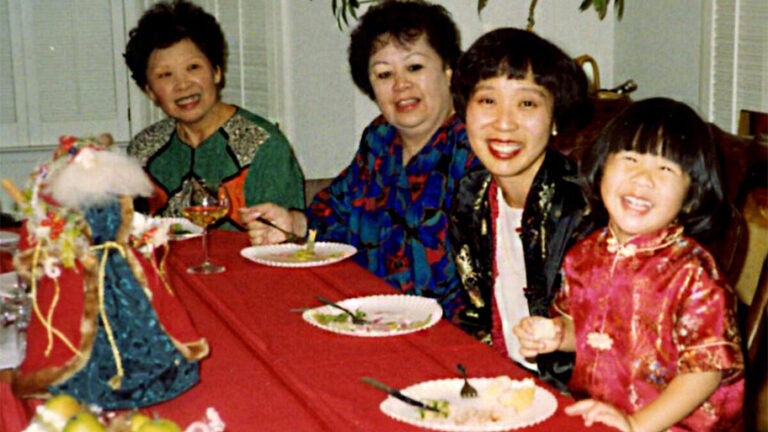
As Year of the Tiger begins, Trojans share how they celebrate Lunar New Year
On Feb. 1, billions of people usher in the Year of the Tiger with Lunar New Year celebrations around the world.
The holiday, which marks the first new moon of the lunar calendar, is celebrated enthusiastically in China, Indonesia, Malaysia, Philippines, Singapore, South Korea, Vietnam, and throughout Southeast Asia, and will likewise be recognized by Trojans across the globe.
Lunar New Year traditions often include the staples of family, food and fireworks, but they can also be as unique and varied as the people who observe them. Here are a few ways faculty, students and staff at the USC Dornsife College of Letters, Arts and Sciences celebrate, in their own words.
Susan Kamei, managing director of the Spatial Sciences Institute and lecture in the Department of History, is a third-generation Japanese American born and raised in Los Angeles. Her late husband was fourth-generation Chinese American:
“My family celebrates both Japanese New Years on Jan. 1 and Lunar New Year when that occurs to give ‘equal time’ to both cultural heritages. Both are occasions we look forward to as a time to connect with family and friends. In past years, I would make a multicourse dinner with a menu of my mother-in-law’s Cantonese specialty dishes. One of her recipes I make that is always a big hit with guests is her steamed chicken with cilantro, green onions and ginger. Other family favorites are tomato beef chow fun and curry turnovers. And of course, we have to have potstickers.”
Jeff Siu, a USC Dornsife programmer at the Bridge Institute at the USC Michelson Center for Convergent Bioscience, was born in Hong Kong, has been in the U.S. more than half his life and considers himself Chinese American:
“Lunar New Year is an important day of family union and a symbol of a fresh start (of that year). Usually, my family cooks new year dishes together.
“My favorite tradition is giving or receiving red envelopes with money inside, a way to share wealth and luck with family and friends.”
Larry Li, a sophomore majoring in math, physics and computer science, identifies with Chinese culture:
“Traditionally, I celebrate the holiday with my family, and we would gather together to have dinner together. My family and I would stay up all night to set off fireworks and watch the Spring Festival Gala, where Chinese celebrities gather together to put on a show to celebrate the holiday. My favorite tradition is writing the Spring Festival couplets (Chunlian) for my relatives to represent my best wishes for their new year.”
L.A.-born Chinese American Jasmine Yu, academic program specialist for the USC Dornsife PhD Academy, shared her family’s traditions:

At Lunar New Year, Jasmine Yu and her family make enough baozi to last a month. (Photo: Courtesy of Jasmine Yu.)
“Growing up, Lunar New Year involved a lot of food preparation, sharing a meal, playing mahjong, and receiving red envelopes. Now that I’m older, I’ve become the one to give red envelopes to my young nieces and nephews instead of receiving them (but I’ll still hold all of them up and take a photo with it ha-ha).
“My family loves mahjong, so we will play that after dinner for about 5 to 8 hours. (I guess we really love our mahjong!) We also make baozi that will last us the rest of the month.”
See USC News for more from Trojans who celebrate Lunar New Year >>